Telecom Support: How AI Chatbots Improve CX and Cut Costs


Telecom companies manage thousands of customer interactions every day—from billing queries to network complaints. But long wait times, rising support costs, and inconsistent service are still common.
According to Grand View Research, telecom providers could see the AI market grow to $11.29 billion by 2030, with a compound annual growth rate of 28.2%.
The reason is simple: AI can work around the clock, reduce human workload, and respond instantly.
In this blog, we’ll explain how AI chatbots are transforming telecom support, with real-world use cases, implementation tips, and tools to get started—whether you’re a large telecom provider or a regional operator.
Telecom companies face daily challenges—from rising customer expectations to managing network issues and keeping costs under control. AI chatbots are helping address these problems by speeding up support, reducing the load on agents, and improving the overall customer experience.
Customers often face delays when reaching support teams. AI chatbots offer instant, 24/7 help by answering routine questions like billing, plan changes, or simple troubleshooting—no waiting required.
Running large call centers is expensive. AI chatbots handle repetitive questions, letting support teams focus on more complex issues. This cuts staffing costs while keeping support efficient.
The quality of support can vary from one agent to another. AI chatbots deliver accurate, consistent answers across all platforms—whether it’s your website, app, or messaging channel.
Unexpected outages can overwhelm support teams. AI tools can predict problems, alert users in real time, and suggest quick fixes—reducing complaints and improving response.
Telecom companies collect a lot of customer data. AI chatbots help sort this information, track user preferences, and personalize support, making interactions smoother and more effective.
Keeping customers from leaving is a constant concern. AI chatbots spot behavior patterns that signal churn risk and respond with helpful tips or personalized offers to improve loyalty.
By solving these everyday challenges, AI chatbots make telecom support faster, more reliable, and easier on both customers and businesses.

Here are the actual ways telecom companies are applying AI chatbots today to improve operations, reduce costs, and deliver better support.
These use cases aren’t theoretical—they’re based on what customers are asking and what businesses need to scale.
Billing issues and plan inquiries make up more than 60% of incoming support tickets for telecoms.
AI chatbots can:
What used to require a support agent with access to backend systems now happens in seconds through a simple chatbot conversation.
It eliminates long hold times, reduces agent burnout, and gives customers what they want—quick answers without downloading another app or making another call.
When there’s an outage, customers don’t wait—they flood support.
Instead of reactive communication, AI chatbots now:
This isn’t automation for the sake of it.
It’s delivering timely, clear communication when your users need it most—without blowing up your support team.
Simple but essential actions—like SIM activation, data top-ups, or updating KYC—create friction.
AI chatbots can now:
This improves onboarding and reduces churn during the most sensitive part of the user lifecycle: setup and early engagement.
You’ve probably seen it—users start the recharge or plan change journey but never finish.
Often, they’re confused about benefits or eligibility.
AI chatbots improve this by:
During promotional periods or service migrations, support volume spikes.
AI chatbots can:
This avoids backlogs and protects your team’s bandwidth when it matters most.
The effectiveness of any AI-powered customer support system relies on its ability to understand customer queries, fetch the correct information, and provide accurate responses—all without needing human intervention.
In telecom, where customer concerns are often technical or account-specific, generic chatbots fall short unless they are built on the operator’s actual data.
This section explains how telecom AI chatbots operate in practice.
The foundation of AI-based customer support is the model’s ability to interpret human language. Accuracy largely depends on the system being trained on your organisation’s actual content.
When trained on telecom-specific material—such as plan documentation, website, pricing FAQs, outage procedures, and onboarding guides—the AI can:
Understand the user’s query and respond with helpful information. This leads to greater reliability and more contextually relevant answers.
Many telecom queries are too specific to be addressed with static answers. In such cases, the system uses a Retrieval-Augmented Generation (RAG) approach:
This architecture ensures that the chatbot always refers to up-to-date material, and can adapt when internal policies or plan structures change.
Once deployed, chatbots learn continuously from ongoing interactions. With feedback loops in place, the system can identify:
This learning capability allows telecom businesses to gradually improve accuracy and coverage, without manual updates for every scenario.
For telecom operators, AI agents can easy handle both voice and text channels by:
This ensures a smoother, more efficient experience for customers.
Not every query can be solved by AI alone. When needed, the chatbot will:
This ensures faster resolutions and maintains high service quality.
An effective telecom chatbot is not standalone. It connects with systems such as:
By using API calls or executing code, the chatbot pulls the relevant data in real time and delivers it instantly to users. This ensures responses are both accurate and personalized, without any delay.
AI chatbots are effective in telecom only when they are grounded in your own content and connected to the tools your team already uses. The technology itself is secondary to how well it is trained, integrated, and maintained.
Setting up a telecom chatbot shouldn’t be a weeks-long ordeal or require a whole team of engineers.
With YourGPT, you can quickly go from scratch to having a live AI assistant that understands your support needs, matches your brand’s tone, and handles high volumes of telecom queries with accuracy.
Here’s how to do it:

Visit yourgpt.ai and register for free. No credit card required. No setup delays.
Once you log in, you’ll land inside the no-code chatbot builder—your workspace for designing, training, and managing your AI assistant. This is where everything begins.
A telecom chatbot works best when it’s trained on the right data.
YourGPT lets you upload real documents your team already uses—like billing FAQs, onboarding guides, plan comparison sheets, and more. You can train your chatbot with any source, including Notion, drive, PDFs, DOCX, PPT files, website content, and more.
Once your documents are uploaded, the chatbot learns from them, providing accurate answers based on your actual content—no guessing or generic responses.
You can adjust the tone, style, and language to suit your telecom brand.
Whether you prefer concise responses or step-by-step walkthroughs, YourGPT allows full control over:
The result is a chatbot that sounds like a trained support agent, not a one-size-fits-all bot.
Once your assistant is trained, embed it where it matters.
YourGPT supports immediate deployment across:
No extra setup. Just copy the code, drop it into your platform, and the AI chatbot is live—ready to respond 24/7.
You can go live within hours. But the value really starts once conversations begin.
YourGPT provides insights into:
It’s not just a chatbot. It’s a feedback loop that improves with usage—without requiring ongoing developer involvement.
Implementing a smart, AI-powered chatbot can save time, improve accuracy, and scale your support team. It’s easy to set up and works with your existing data.
Start NowWhen selecting an AI chatbot platform for telecom operations, the focus should be on its ability to integrate smoothly into your existing workflows and systems.
The right platform should go beyond just automating responses—it should handle real-world telecom scenarios reliably and at scale.
Even with the right technology, poor implementation can limit the effectiveness of AI in customer support. Below are the key mistakes telecom teams should avoid.
By avoiding these common mistakes, telecom companies can ensure a smoother deployment, resulting in better customer support and improved operational efficiency.
An AI chatbot in telecom is a software tool that automates customer service tasks such as handling billing questions, providing plan information, and assisting with troubleshooting. It can function 24/7, offering immediate responses and freeing up human agents to focus on more complex tasks.
AI chatbots can reduce costs by automating routine tasks such as answering billing queries, processing service requests, and troubleshooting basic issues. This cuts down on the need for a large support team, leading to significant savings in labor costs. With chatbots handling repetitive tasks, human agents are freed up to deal with more complex matters.
AI chatbots can offer the following benefits in handling customer queries:
AI chatbots improve the customer experience by providing fast, accurate responses to queries. Customers no longer have to wait for long periods on the phone or navigate complicated phone menus. The chatbots can recall previous interactions and personalize responses, creating a more efficient and tailored experience.
AI chatbots in telecom are used for various purposes, including helping customers manage their accounts, check their billing details, and provide troubleshooting assistance during network issues. They can also assist in onboarding new customers by guiding them through the sign-up process and recommending the best plans based on usage.
Yes, AI chatbots can inform customers about network outages and disruptions. They can provide status updates and offer troubleshooting steps to resolve common issues. This proactive support helps reduce the number of customers who contact the support center and ensures they are kept informed during disruptions.
The telecom industry is at a point where customer demands are higher than what traditional support systems can handle. Delaying improvements isn’t harmless—it leads to longer wait times, more support tickets, and higher costs. These aren’t just internal issues; they affect how you compete in the market.
AI chatbots are no longer just a new trend—they’re now a practical tool that many telecom companies use every day.
But having the technology isn’t enough. What matters is how well the chatbot fits your business. Does it understand your services? Does it speak in a way your customers understand? Can it perform real-time actions instead of generic replies? These are the things that make support actually useful.
With platforms like YourGPT, telecom teams can manage and improve support themselves—without depending on developers or losing their brand’s tone. The goal isn’t to replace human agents, but to offer the kind of help customers already expect: quick, clear, and always available.
If you want to lower ticket volume, solve issues faster, and offer round-the-clock support without sacrificing quality, there’s a clear path forward.
Your support system shouldn’t be waiting in line either.
Join thousands of businesses transforming customer interactions with YourGPT AI
No credit card required • Full access • Limited time offer
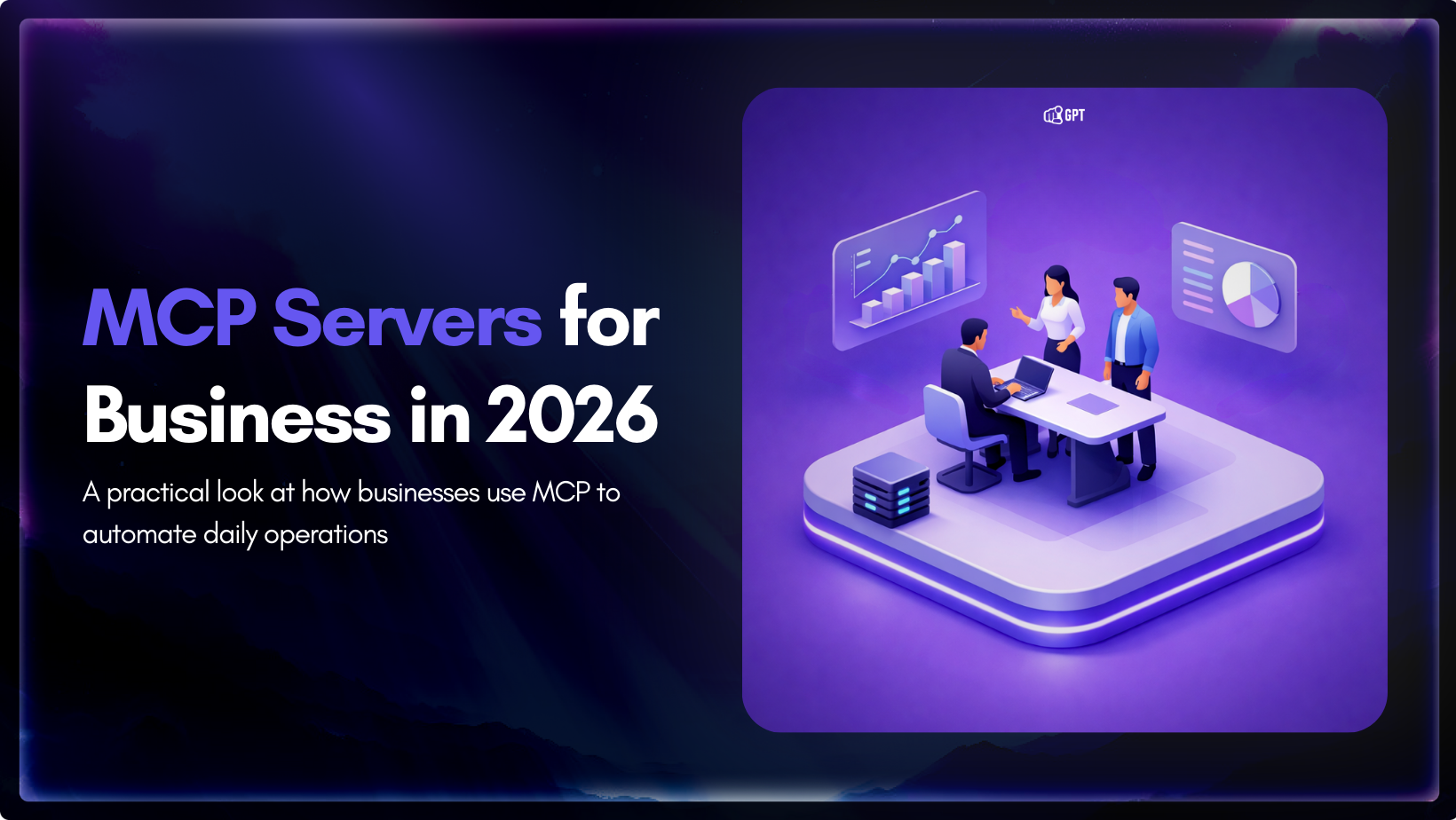
Growth-focused teams move faster when their tools work together instead of competing for attention. Modern development depends on multiple systems to ship code, review changes, monitor services, and access data. Each system serves a purpose, but routine work often means moving between dashboards, scripts, and internal tools. These small transitions shape how consistently a team […]

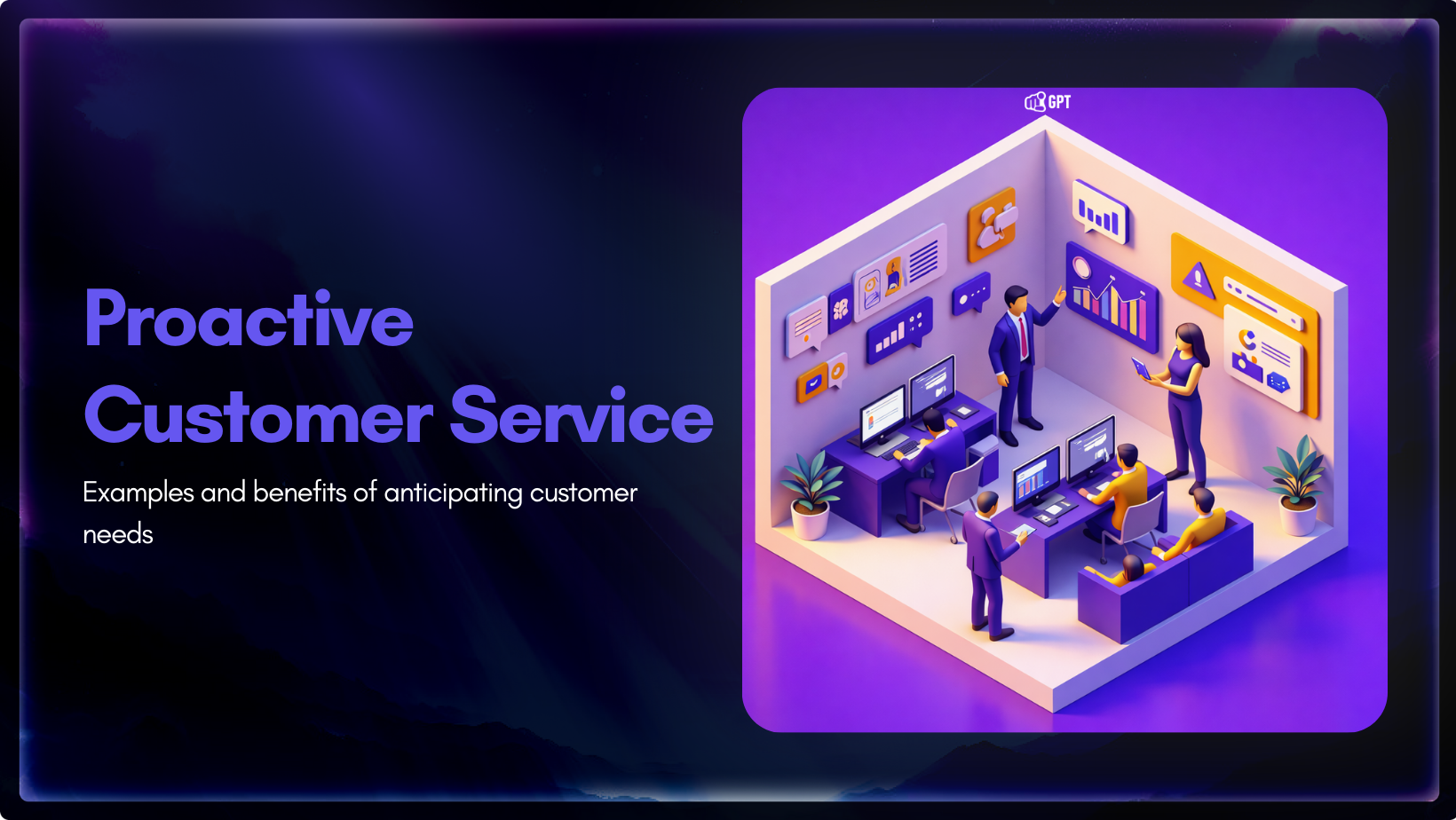
Most customer service moments begin long before a ticket is created. Something feels off. A payment does not go through. A delivery update stops moving. A user gets stuck at the same step and tries again. Customers usually pause, check, retry, and wait before they decide to ask for help. Proactive customer service works inside […]


AI has become a core part of how modern SaaS products are built and delivered. In 2026, customers expect intelligent assistance to be available throughout their journey, from onboarding and everyday product usage to support and account management. Inside SaaS teams, AI is increasingly used to speed up workflows, reduce repetitive tasks, and improve how […]

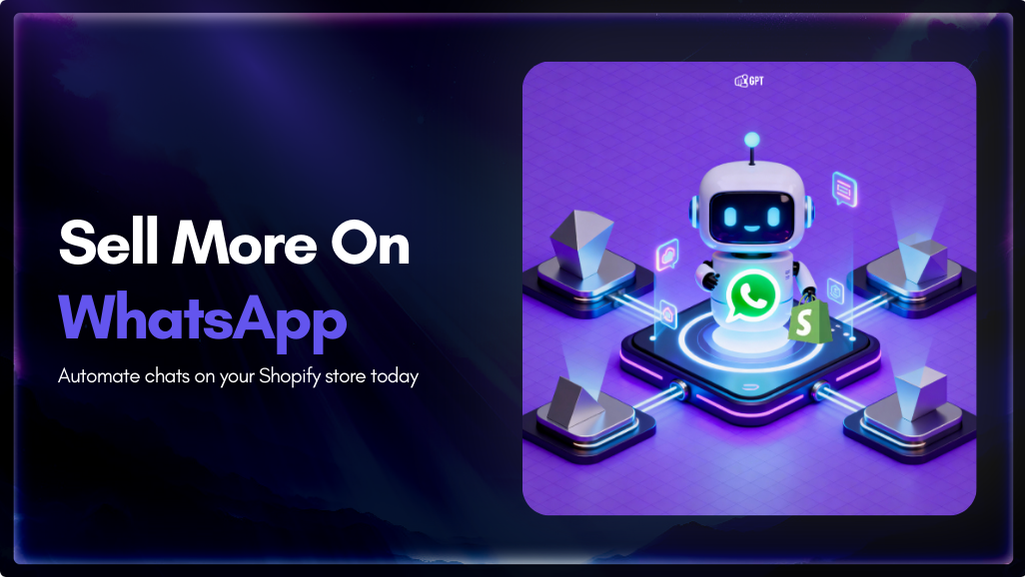
Shopify stores often use a chatbot on their website to handle product questions, order updates, and support. But customers also message on WhatsApp expecting the same quick answers. Most of them already use WhatsApp throughout the day, so reaching out there feels natural. A chatbot that works across both channels responds in seconds, guides purchase […]

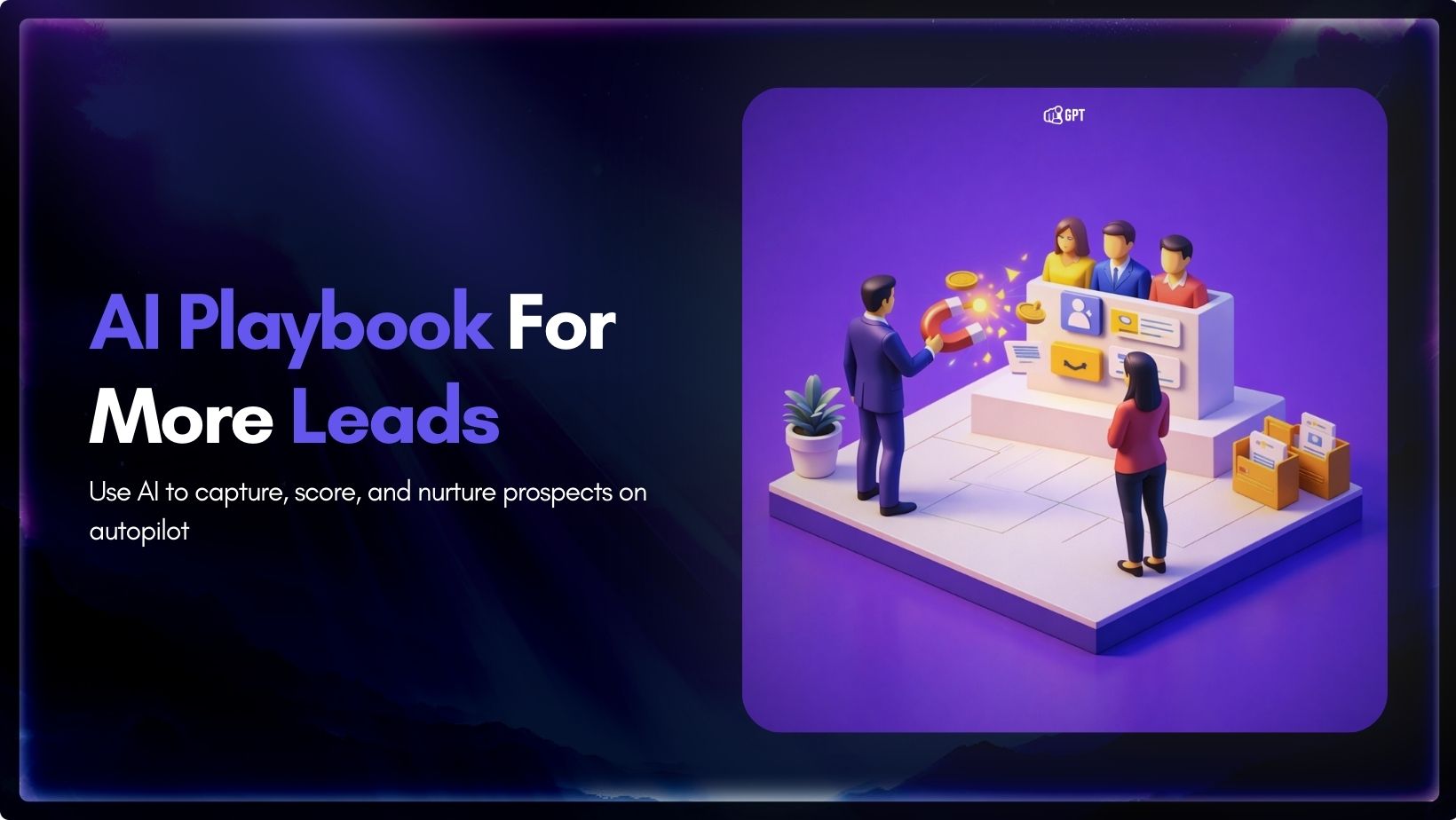
Most businesses do not struggle to generate leads. They struggle to know which ones are worth acting on. Forms get filled, DMs arrive, emails are opened, and chats happen across multiple tools. Some prospects convert. Most do not. The real problem is that there is no reliable way to tell, early enough, which signals actually […]

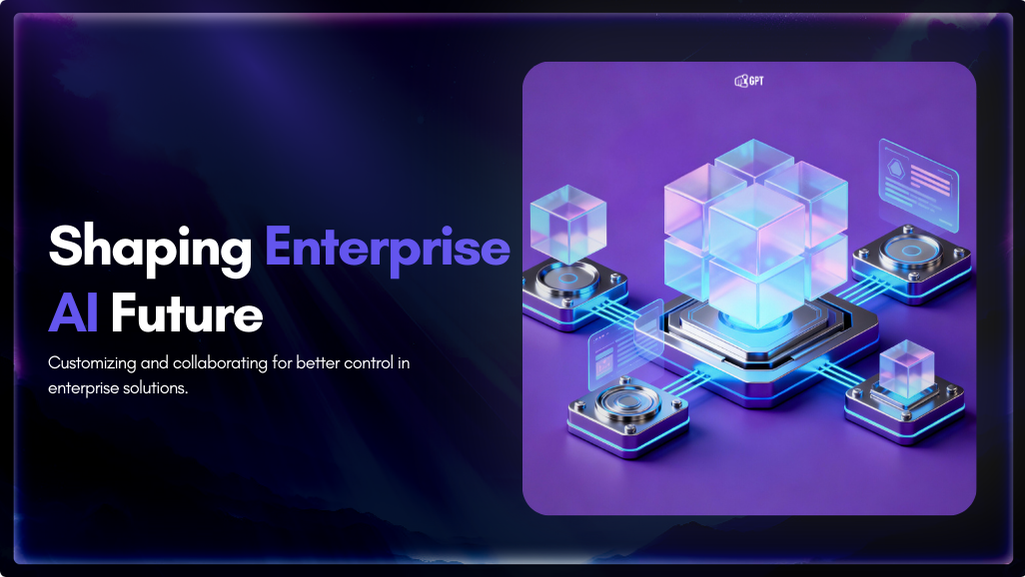
Artificial Intelligence has advanced quickly over the past five years, moving from an experiment to a standard component of modern business. AI has become a central part of enterprise strategy. 88% of organizations are now using AI. This figure has increased from 78% the year before. This transformation is reshaping how companies run, communicate, and […]
